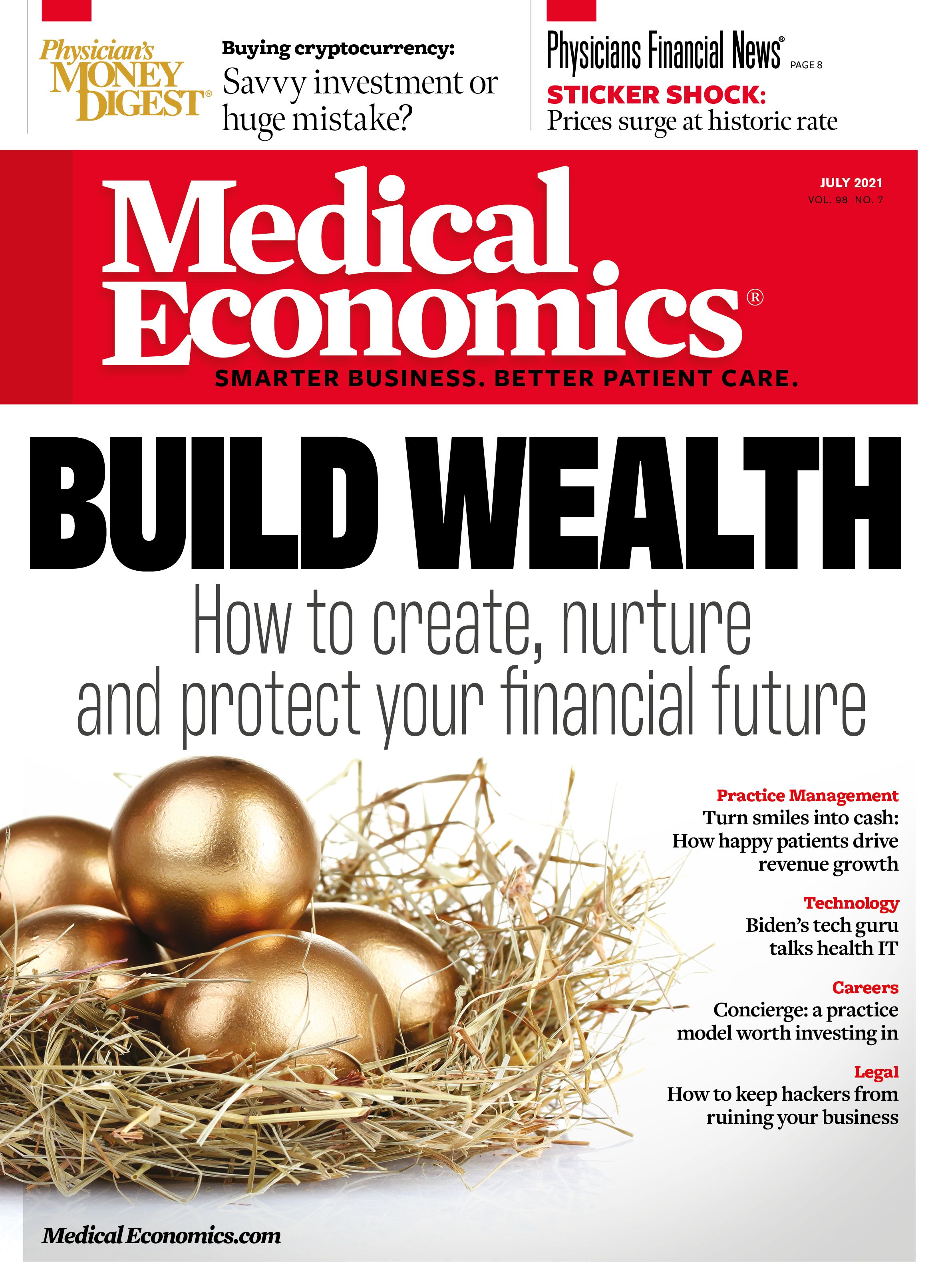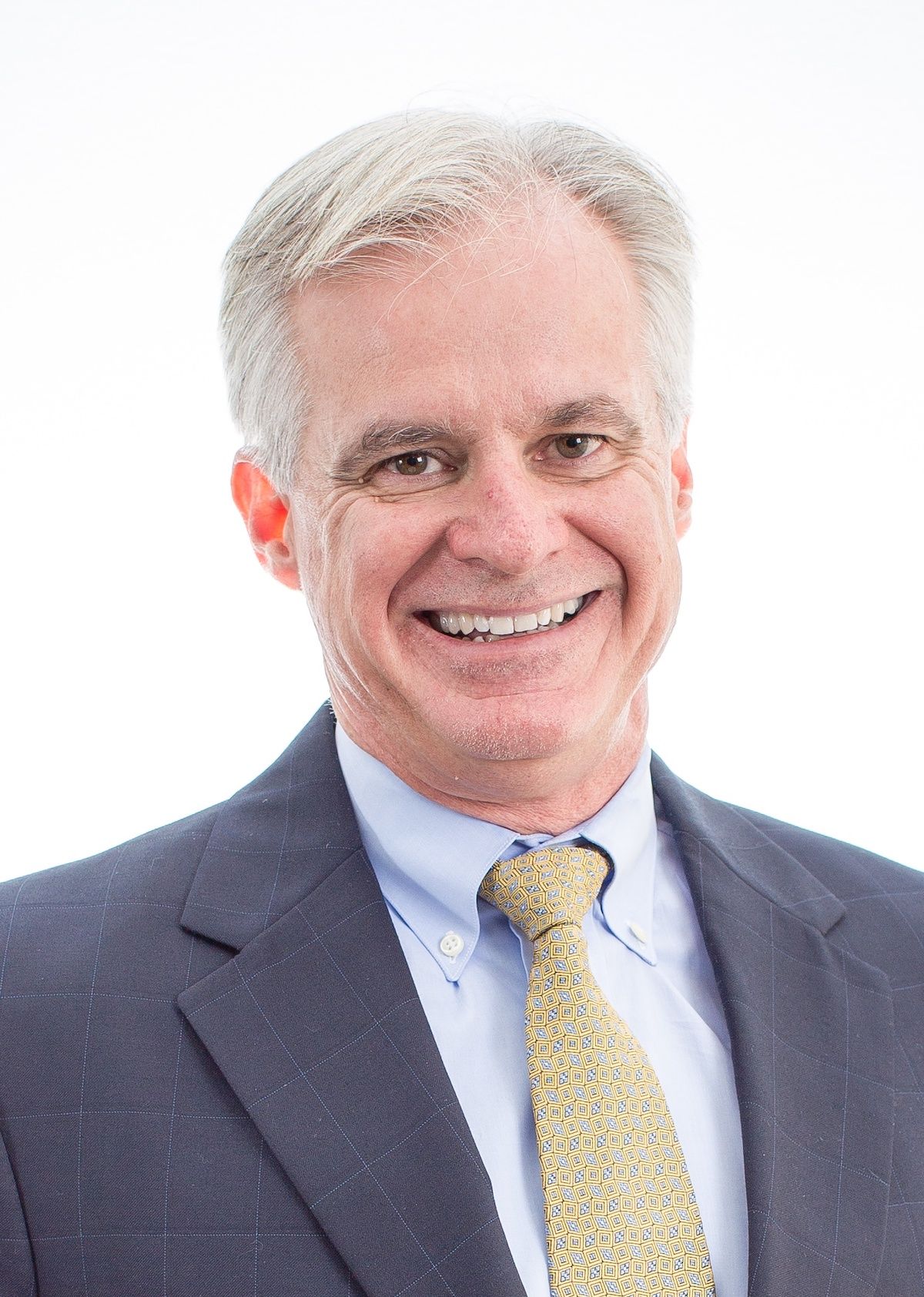Publication
Article
Medical Economics Journal
Should physicians day-trade stocks?
Author(s):
What you need to know about day trading and whether it's right for you.
Buying and selling a stock in the same day is a high-risk — potentially high-reward — strategy for those with the time to do the research and monitor the market.
William Ross started day trading in 2018 after a few years of success buying and selling stocks using more traditional strategies. Early on, he lost a few thousand dollars day trading, as he oriented himself to the challenges of the daily ebbs and flows of stock prices. But now, he makes enough money that he used his profits for the down payment on an investment property and to boost his lower-risk investments.
“Day trading is high risk,” says Ross, a corporate consultant and director of Better Business Consulting Co. “You have to be risk tolerant to play it. I like to take the profits from high-risk investments and move them into something low risk.”
Day trading by definition is buying and selling a stock in the same day. Day traders look to capitalize on small moves in the market and then quickly cash out. But it involves research, time investment and some amount of luck to avoid losing money.
“We’re basically in the greatest bull market of all time, going on 12 years now,” says Jim Schultz, Ph.D., host of “From Theory to Practice” on tastytrade financial network. “Everybody just feels like, ‘If I buy something on Thursday and then sell it by the close on Thursday, I make money,’ (and) then repeat on Friday and Monday. That’s just a really dangerous game to play when you think you can predict short-term market movements like that consistently — because the market is very, very random.”
Day trading is so volatile that some don’t even consider it a form of investing. “Some of the companies we trade are honestly worthless,” says Jesse Acosta, founder of The Day Trader Chatroom. “They’re not companies I would ever considering putting money into long term. Day trading for me is just a way to generate income that I can then grab and put in actual investments.”
Getting started
The minimum amount required by law to establish a day trading account is $25,000, and experts say more than that is needed because if the account value dips below $25,000 during the trading day, the owner will be locked out of the account.
But before opening an account, Acosta says it’s vital to research day trading. Start with a Google search and take in the various YouTube videos and blogs dedicated to day trading to learn the terminology, where to find stock data and how to make trades. “Typically speaking, I always tell everyone (that) you want to spend at least a year learning different strategies because there are many, many different strategies to day trading,” says Acosta. “And then ... as you’re learning, you’re going to trade in ... a simulated account that doesn’t have real money.”
Similar to pilot training, a simulator allows you to learn without any permanent risk and to try different strategies until you master the basics. Acosta says when moving to real trades, keep the amount of money small to start, no matter how successful the simulator experience. As real-world success increases, gradually increase the risk little by little. “That way, if you’re wrong, it’s no big deal; you cut your loser, (and) you move on to your next trade,” he says. “No one is ever right 100% of the time.”
Schultz cautions against putting too much emphasis on simulators, known in financial circles as paper money accounts. “I would attach zero weight to any performance that you might be able to achieve in a paper money account and (to thinking) that’s going to map over one-for-one into a real money account — because the reality is, it’s not.” says Schultz. “When you have a paper money account, you can continually press the reset button whenever you want to, getting back to zero and saying, ‘I was just messing around.’ Well, there’s no reset button when the real bullets are flying through the air. What’s going to happen is, you’re actually probably going to build a sense of overconfidence in a paper money account.”
Managing risks
Knowing when to cut losses is a key part of day trading but also a difficult skill to master. Most traders use what’s known as a stop-loss order to help manage their risk. The order automatically sells the stock when it hits a certain price. For example, Acosta recently had a $115,000 position with Tesla stock, but the movement of the market went against him. The stop-loss order limited his loss to $200.
“I have a stop-loss that I will sell out of the trade if it reaches that level, and I have my price targets for my sells to make my profit,” says Acosta. “I have all of that established before I enter my trade. As long as I stick to that, I don’t see day trading as too risky. The risk comes in where people are not able to — because of a lack of discipline — stop out, so they end up holding the bag, as they say.”
Ross says with the right stop-loss strategy, a day trader can have eight losing trades and two winners and come out ahead because the losers might drop 5% while the winners might increase 25% to 50%. “Cut your losers very quickly, and let the winners ride longer,” says Ross.
Acosta says it is vital to always enter active trades with a plan in mind. “It’s like regular investing — you have to have an investment plan.”
Each investor who goes into day trading needs to define what success looks like to them. Some people make their living day trading, and a few make more than $1 million a year doing it. Many, however, lose money.
“The biggest tip is to know the market, know what’s going on and know all the trading terminology,” says Ross. “Just like you read a medical chart, you need to be able to read all the financial reports, stock charts and different technical indicators and have a good hold on what you are doing.”
Acosta and Ross both use their day trading proceeds to provide funding for their more conservative investments. Others dabble in it enough to make money for an extra vacation.
“All those types of goals can be achieved as long as the person is able to get proper day trading education and learn that it’s very important to manage their risk,” says Acosta.
Day trading also requires a time commitment, and not all physicians have time to spare to do the research required to increase their odds of success. Ross typically makes three to 10 trades per week and invests five to 15 hours to do so. Acosta will make one or two trades per day, based on research done the night before. He sets up his trades in the morning and is usually done by 11 a.m., checking later in the afternoon to see if any stocks look promising for the next day’s trading.
Physicians, with their intimate knowledge of health care, may be drawn specifically to health care stocks because they feel they have an advantage over investors who aren’t physicians. Although this may provide some advantage in regular investing, it may not translate to day trading, for which traders are studying trend charts — not what the company’s newest drug does. Ross says doctors may benefit from their understanding of pharmaceutical FDA clinical trial reports, which can shorten the education process of dealing with pharma stocks.
“Translating that industry knowledge into understanding how the market is going to react to news, to earnings calls and to profit results is not a one-for-one thing,” says Schultz. “In fact, it’s not even close to a one-for-one thing. It’s a ‘one to question mark’ thing.”
He adds that physicians would be better off using their industry knowledge on longer-term investments in health care companies. “Oftentimes, what you’re trying to accomplish needs a little bit more time to come to fruition. If you handcuff yourself, feeling like you have to be right directionally in that moment, it is extremely difficult and I would say potentially impossible to do. Given the market randomness, there’s going to be so many times when, if you had just given your hypothesis a little bit more time to play out, you would have been successful.”
The quick-money potential of day trading means a lot of people are out there promising “can’t fail” strategies, but buyer beware. “Don’t believe all the hype,” says Acosta. “Do your own research, and find yourself a good program that you can understand and that you can dedicate your time to and get educated. Most people fail at day trading and blow up their trading accounts because they don’t get educated. You’re going to be trading against the best of the best and against computer algorithms, so you have to get educated to gain a little edge.”






